Walk. Talk. Think. Create.
- Ilaria Merizalde
- Jun 3
- 3 min read
Updated: Jun 6
My Best Work Starts as a Voice Note
When I need to make progress on a project—especially something big like a brand strategy or a homepage rewrite—I don’t sit at my desk and stare at the screen. I put on my shoes and start walking. But I don’t just walk and think; I walk and talk. Out loud. Into my phone.
And somehow, that’s where everything starts to click.
Talking it Out (Literally)
Walking while talking helps me work through ideas out loud. I don’t worry about being polished or concise—I just say what I think. This is how I process strategy, group ideas, test connections, and ask myself the hard questions. It’s a workday ritual that doesn’t feel like work, yet it unlocks some of my best thinking.
I’m not stuck in front of a blank page. I’m not fighting writer’s block. I’m moving, reflecting, making sense of messy thoughts—and recording it all.

From Ramble to Raw Material
Most of the time, I record voice notes as I walk (my headphone mic does the trick). Occasionally I’ll use the Notes app, but audio is easier.
Later, I’ll review the transcript—messy punctuation, accent blips, wind interference and all—and correct any confusing parts. The edit takes no more than 10-15 minutes. It's not about perfection, it's about ensuring the meaning is clear.
So, the messy voice file becomes precious raw material. And that’s where AI comes in.
Where Generative AI Fits In
Once I have a clean transcript, I feed it into a generative AI tool to help me organize and structure it. Not to write for me, but to create scaffolding:
Themes
Outlines
Gaps in the logic
Questions I hadn’t thought to ask
It helps me surface insights I already had but couldn’t quite see yet. The goal is to clarify my own thinking, not outsource it.
When It Works (And When It Doesn’t)
This process works beautifully when I have too much information and don’t know where to start. In one recent project, I used this technique to pull together the entire essence of a brand—and it became the foundation for a new website.
But other times, even this process falls short. If the problem is deeper—like when I’m completely overwhelmed by information and haven’t found clarity yet—then no transcript, AI tool, or checklist will fix that. I have to slow down, regroup, and go back to basics:
What am I really trying to say?
What’s the core insight here?
That’s where strategy begins.
My AI Coworker (But Not My Editor-in-Chief)
I use AI as a sounding board, a structural editor, and sometimes even as a productivity partner. But I don’t ask it for opinions or taste. AI is, at its core, a people-pleaser—it’ll often tell you what you want to hear. So I take its suggestions with a grain of salt.
What it does do well is:
Catch holes in logic
Suggest structure
Remind me what's missing
Free up time for creative judgment
That’s where the real value lies.
The Bottom Line: Start With You
The best content—whether it’s a blog post, a brand story, or a web page—starts with your thoughts. That means creating space to think deeply and freely, even if that means talking (and talking...) to your phone as you walk.
Generative AI can’t replace your expertise or perspective. But it can help you shape it, sharpen it, and scale it—if you bring the raw ideas.
So next time you're stuck? Don’t sit. Walk. Talk. And let your future self turn those voice notes into something great.
This post was humanly created, strategized and edited, while AI helped me put it together.



















